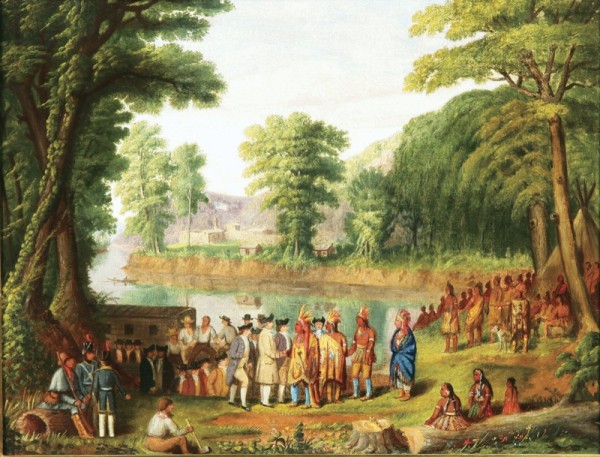
Sala Bosworth (1805–1890), Landing of the Pioneers, Marietta, Ohio, ca. 1840. Oil on canvas. 37" x 40". (Private collection; courtesy, Decorative Arts Center of Ohio.) On April 7, 1788, the first forty-eight members of the Ohio Company of Associates landed at the confluence of the Ohio and Muskingum Rivers. They were met by several dozen Delaware Indians, led by Captain Pipe, who were trading with the residents of Fort Harmar (seen in the background), an army post established to clear the land of squatters and make room for legal settlement.

Joseph B. Warin (ca. 1768–1796), Vue de Marietta sur de bords de l’Ohio, Marietta, Ohio, 1796. Watercolor on paper. Dimensions not recorded. (Western Reserve Historical Society.)
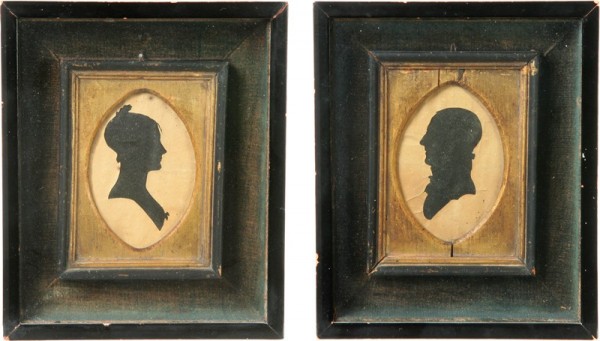
Silhouettes of Joshua Shipman (1767–1822) and Sybil Chapman Shipman (1768–1828), ca. 1787. Cut paper. 7 3/4" x 6 1/4". (Private collection; courtesy, Decorative Arts Center of Ohio.)
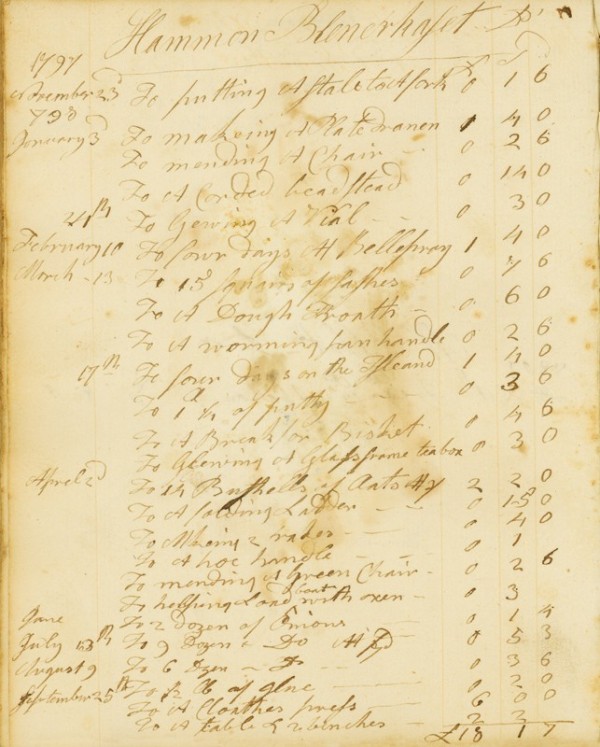
Page from Joshua Shipman’s account book, Marietta, Ohio, 1797–1798. Pen and ink on paper. 8" x 6 1/4". (Collection of the Slack Research Collection, Legacy Library, Marietta College.) Wealthy Irish immigrant Harman Blennerhassatt built a plantation home on an island in the Ohio River near Parkersburg, Virginia (now West Virginia). He hired numerous Marietta craftsmen, including Joshua Shipman, to build and furnish the home.
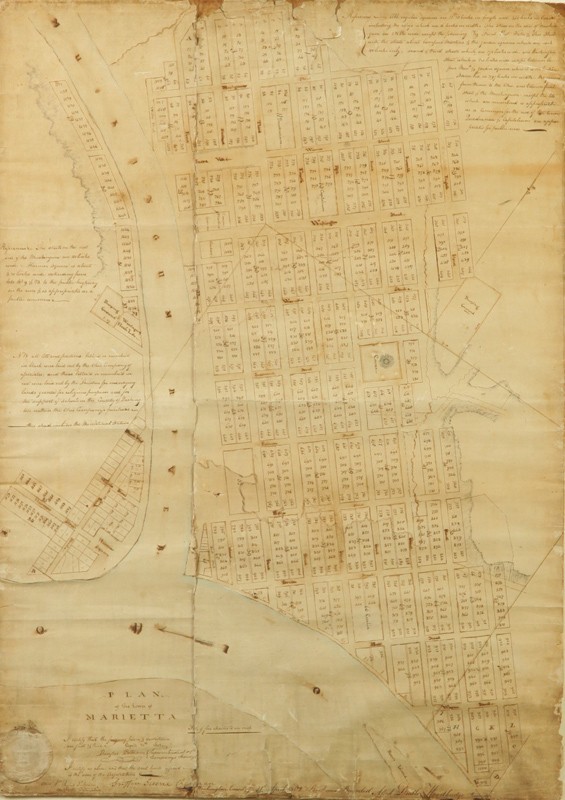
Rufus Putnam (1738–1824), plat map of Marietta, Marietta, Ohio, 1802. Pen and ink on paper. 43 1/2" x 34 1/2". (Private collection; courtesy, Decorative Arts Center of Ohio.) As a principal member of the Ohio Company of Associates and as Surveyor General of the United States, Rufus Putnam created many maps of early Marietta.

Transactions by Job Type
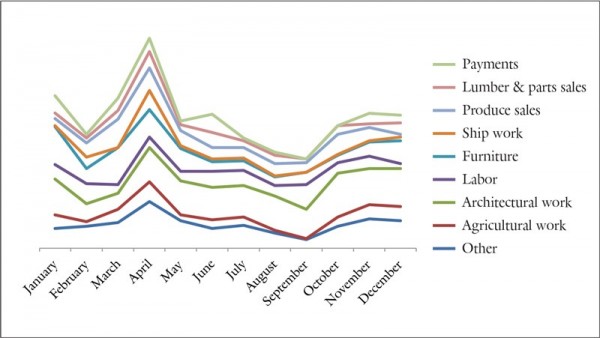
Average Monthly Transactions by Job Type
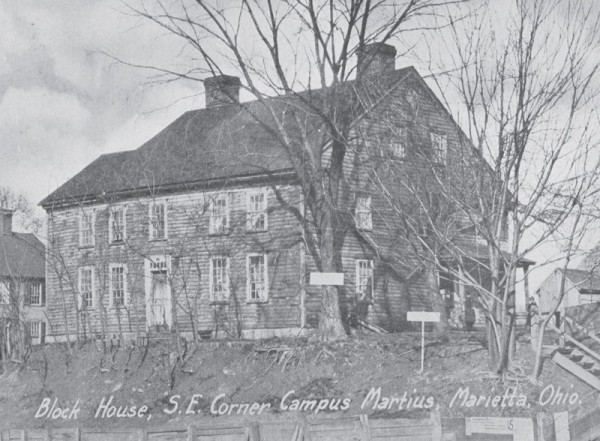
Postcard, 1907. Photographic print. 3 1/4" x 5 1/4". (Private collection.) This early twentieth-century view of the Rufus Putnam house shows the west bays, which Joshua Shipman added in 1787–1788, at the back of the house. These bays were stripped down to the timber frame during the renovation of the house in 1966–1972.
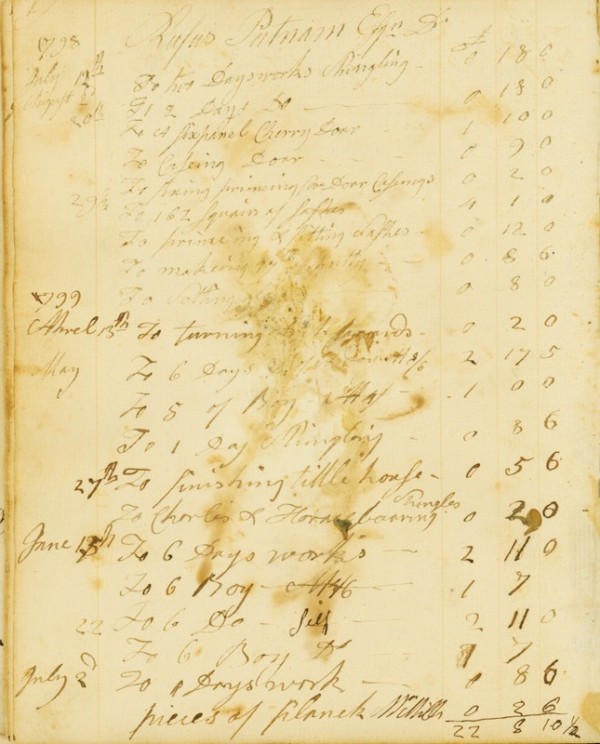
Page from Joshua Shipman’s account book, Marietta, Ohio, 1798–1799. Pen and ink on paper. 8" x 6 1/4". (Collection of the Slack Research Collection, Legacy Library, Marietta College.) Based on account book entries from 1797 to 1799, it is clear that Joshua Shipman was largely responsible for the addition to Rufus Putnam’s house.

William Moffat (1775–1850), View on the Ohio, America, 1792, Marietta, Ohio, ca. 1825. Watercolor on paper. 11 1/2" x 17 1/2". (Private collection; courtesy, Garth’s Auctions, Inc.) Moffat was an English captain in the East India Company. This romanticized view of the confluence of the Ohio and Muskingum Rivers was likely executed in the 1820s or 1830s, decades after the date in the title and long after the shipbuilding industry had ceased. Moffat depicts Fort Harmar as constructed of stone, rather than wood, and the hills around Marietta as larger than they are.
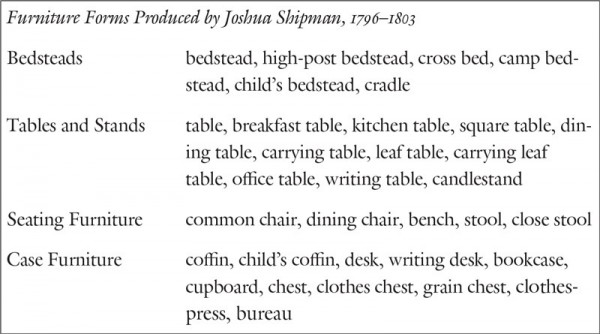
Furniture Forms Produced by Joshua Shipman, 1796–1803.
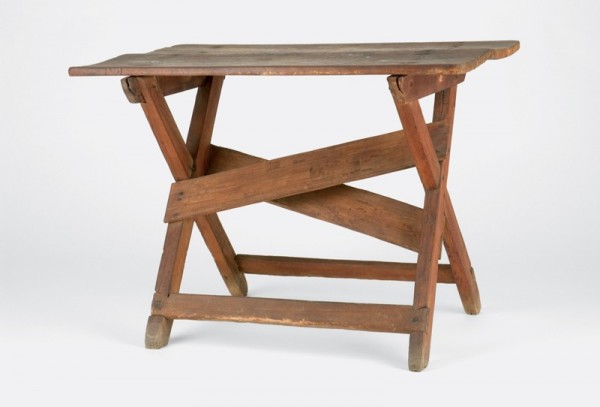
Table attributed to Truman Guthrie, Washington County, Ohio, 1790–1800. Tulip poplar and oak. H. 26 1/4", W. 35 1/2", D. 23 1/4". (Courtesy, Ohio History Connection, Campus Martius Museum.) This simple “sawbuck” table is probably similar in design to the form Shipman described as a carrying table. The name suggests a table that folds for easy transport, such as campaign (or camp) tables used in the military. They are often similar to this table but lack the additional cross braces and utilize dowels, rather than nails, in the battens, to allow for folding.
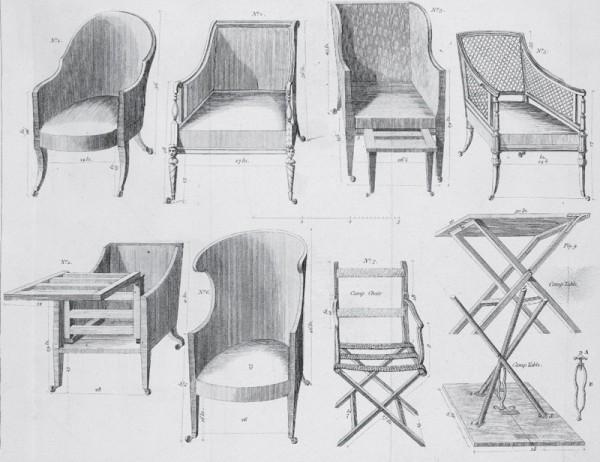
Design for a folding camp table. Thomas Sheraton, Cabinet Dictionary (London, 1803). (Courtesy, Winterthur Museum.) Sheraton’s designs reflected his belief that furniture made for military use “must be made very portable.”

Furniture Forms in Probate Records, 1788–1815.

Detail from Joshua Shipman’s account book, Marietta, Ohio, 1797. Pen and ink on paper. 8" x 6 1/4". (Collection of the Slack Research Collection, Legacy Library, Marietta College.)

Detail from Joshua Shipman’s account book, Marietta, Ohio, 1798. Pen and ink on paper. 8" x 6 1/4". (Collection of the Slack Research Collection, Legacy Library, Marietta College.)
